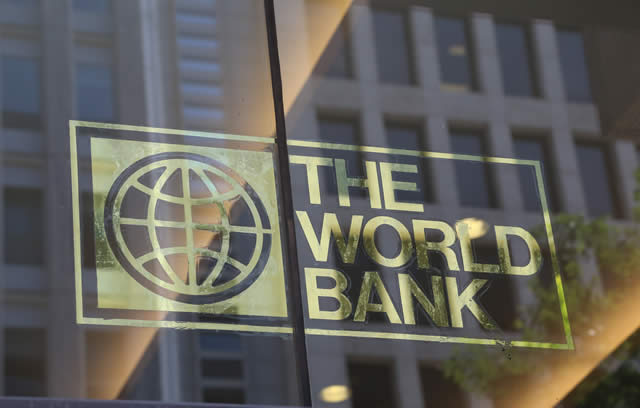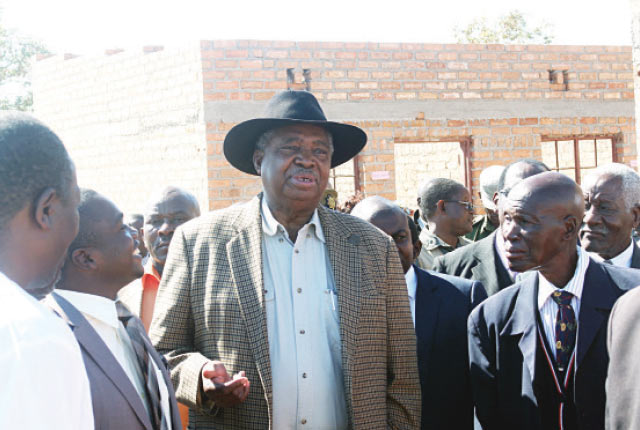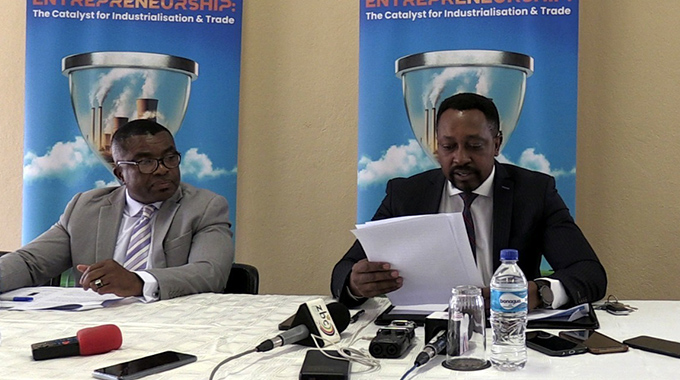Zim external debt clearance set for fourth quarter

Bianca Mlilo, Business Reporter
ZIMBABWE’s debt repayments to the World Bank (WB) and the International Monetary Fund (IMF) will take place in the fourth quarter between October and December this year, an official has said.
Zimbabwe owes an estimated $600 million to the African Development Bank (AfDB), $110 million to the IMF and $1 billion to the World Bank.This has made it difficult for the country to attract fresh lines of credit for the economy given the increased risk factor. The country’s creditors accepted the initial debt clearance strategy in Lima, Peru, last year. The Lima Agreement, signed between the Government and the IMF, laid the foundation for the debt clearance strategy in the first half of 2016, which the country missed.
Speaking at the inaugural Infrastructure Conference held yesterday during the Mining, Engineering and Transport Expo (Mine Entra) in Bulawayo, Zimbabwe Investment Authority chairman Dr Nigel Chanakira told delegates that the repayment of the loans would open up the country to international capital.
“I was with the (Reserve Bank of Zimbabwe) Governor Dr (John) Mangudya last week and he indicated that the funding in so far as the IMF and World Bank repayments are likely to take place in the final quarter of this year,” said Dr Chanakira.
“That will open up Zimbabwe once we have re-engaged the multilateral finance institutions such as the Development Bank of Southern Africa (DBSA), AfDB, the World Bank and the IMF. This opens us up to be able to attract international capital.”
For over 15 years, Zimbabwe has failed to address its debt headache, which is a major impediment to economic development because of sour relations with lenders like the IMF. But after the step forward in Lima, the country is firmly back on track to enter the global financial highway by negotiating lines of credit with international creditors.
Such funding, which is offered at low interests rates over long repayment periods, will unlock capital to enhance productivity in key sectors such as agriculture, mining and manufacturing as well as boosting infrastructure development.











Comments